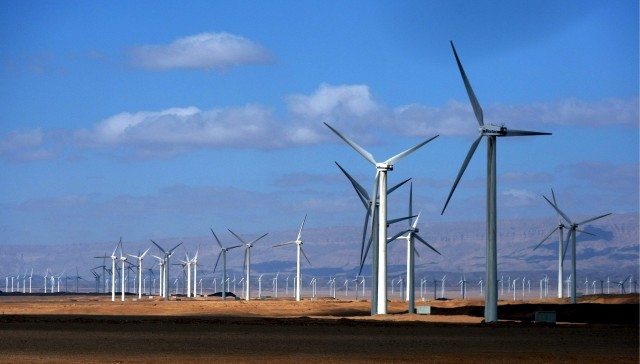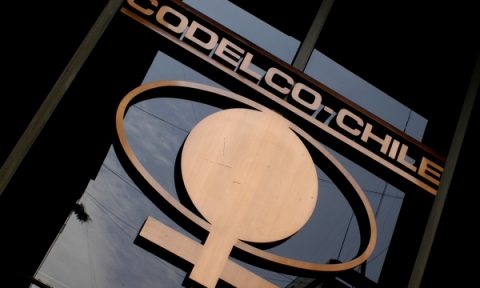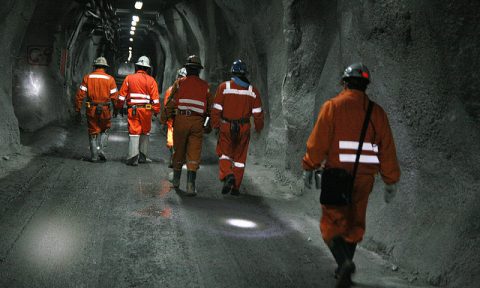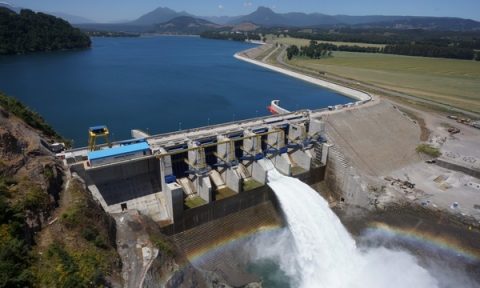NCRE 2012 boom
17-Dec-2012 Estrategia – News
Projects portfolio contains almost 11,000 MW
NCRE 2012 boom
Most of the projects currently in evaluation status would be approved in 2013 when the construction of several other green-lighted projects would also start
2012 will be recalled as the year the energy issue took the main role in the public discussion. However, one of the most remarkable milestones, but which has not been given too much attention, refers to the explosive increase of NCRE projects submitted for environmental evaluation as well as those the SEIA has granted a green light to be carried out.
Thus it may be said that in December 10,994 MW power projects were submitted to SEIA for approval. Out of these projects, 6,461 MW have already been approved and only the first 20 plants with the highest capacities add up a US$11,434 million investment. However, information obtained from CER, SEA and CDEC, as of November 2012 there are only 878 MW power generators operating and 273 MW are in construction stage.
Alfredo Solar, President of Acera, in a recent annual reporting session, emphasized on the 75% increment of NCRE with respect to 2011, however he warned that participation of these energies in the national electric matrix is still too low. In absolute terms, growth is insignificant. At SIC system NCRE coverage is reaching 4.8% -4.9% of coverage while for SING system percentages are almost nil. At a national level average is about 4%. This is a start, but we have everything to do and grow yet”.
Photovoltaic solar parks and wind farms have defined this trend as well as expedited approval terms (less than one year average) and the execution of projects if compared against the conventional energy sourced projects.
Competitiveness
One of the reasons to explain proliferation of these projects is the competitiveness level such sources have reached with respect to their conventional counterparts. Solar considers the myth that NCRE are expensive is finally being tumbled down. Nowadays, and in spite of the several hurdles existing in the market, these energies are getting sale prices similar or even lower than conventional energies.
As per information obtained from the Ministry of Energy, by the end of 2011 conventional sources such as coal had an average production cost of US$91 MWh and the cheapest – dam hydraulic power – reached US$61 MWh. In the case of LNG, values were between US$73 and US$117 per MWh at Henry Hub and Quintero respectively. However, the most expensive generation was diesel with US$245 MWh.
This same report informed the average costs for NCRE with rather high values. Thus, for example, photovoltaic solar was assigned an average cost of US$297/MWh while the wind energy was US$122. Today Acera states that sale prices for these energies may be between US$90 and US$120/MWh for wind-generated power and between US$105 and US$130 for the solar photovoltaic energy.
2013 Approval Time
One of the facts that forecast a radical increment of NCRE share in the electric systems from 2013 onwards is the comparison that can be made today of the operating MW and those in the portfolio. In accordance with a CER report as of November 2012 biomass and mini-hydro generators are still dominants in the system currently operating 394 MW and 278 MW respectively. Wind power generators follow with 205 MW and solar generators with only 1 MW. However, in the future the situation will be in the inverse direction. While the mini-hydro and biomass projects reach figures lower than 200 MW, for eolic and solar projects – in progress and approved – the portfolio exceeds the 10,000 MW.
All seems to be indicating that 2013 may be the final take-off for the NCRE in Chile. Sources from Acera indicate that 500 MW – 600 MW power per year are expected to be added by 2020. Alfredo Solar states that for 2015 less than 6% of SIC system would be NCRE-based and for 2020 the goal is to have a 20% coverage of NCRE in the national electric matrix that could even be improved by reaching 6,000 MW.














